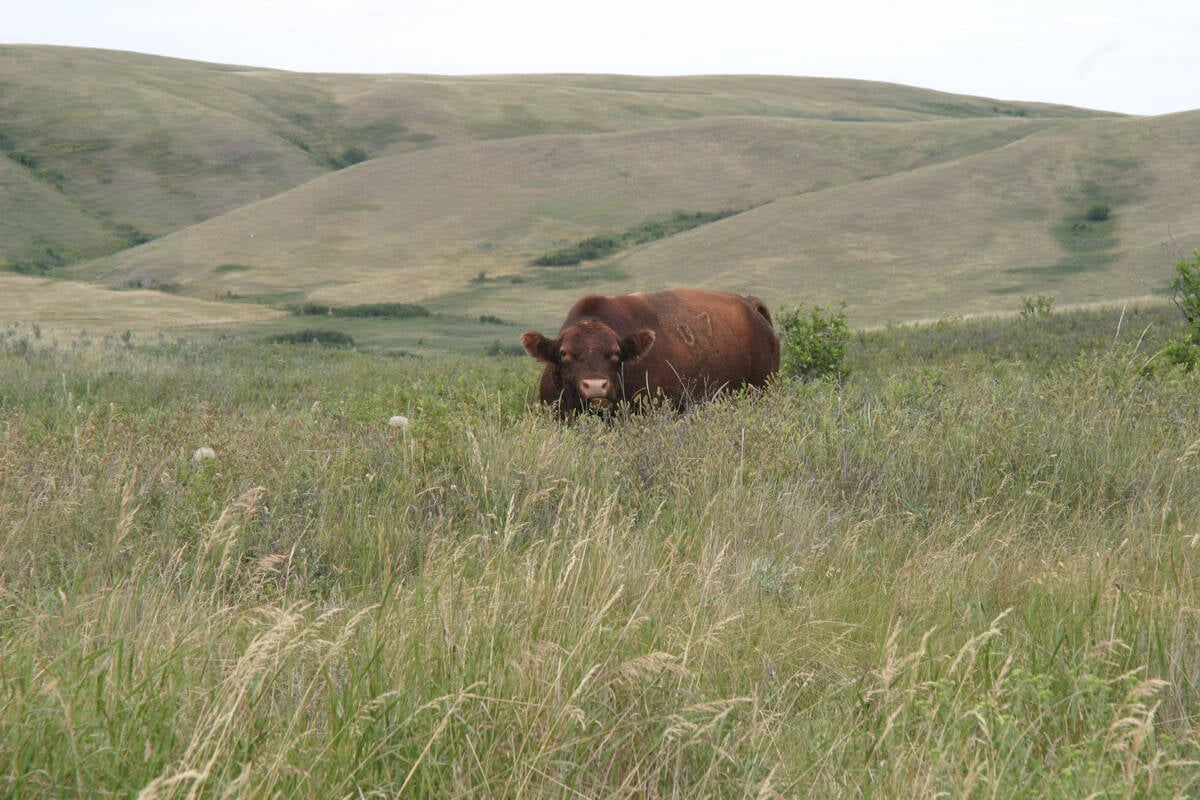Announcement brings internet expansion commitment to $400 million, but total cost could eventually total $1.2 billion
It could cost as much as $1.2 billion to provide high-speed broadband internet to all rural Albertans, with completion likely to take years, says a rural leader.
Federal and provincial funding totalling $300 million will likely be combined with private investment and municipal funding to raise the current amount for the initiative to about $400 million, said Paul McLauchlin, president of the Rural Municipalities of Alberta.
“So, we’re a third of the way there, which I think is at least hopeful for us,” he said during an interview.
Read Also

Saskatchewan puts crown land auction on hold
Auctions of Saskatchewan crown lease land are once again on hold.
The federal government announced Dec. 16 it will provide $150 million to expand broadband in rural Alberta, matching an equal amount announced by the provincial government in July.
“Every child in this province will have this window to ideas, to opportunities, to innovation,” said McLauchlin at a news conference at the Enoch Cree Nation near Edmonton. “That’s how we’re going to grow, and the fact is this digital divide that’s existed has left some people behind.”
Service Alberta Minister Nate Glubish said the funding will be aimed at underserved rural, remote and Indigenous communities, with new projects to be announced early in 2022.
“We know that Albertans have been waiting for better connectivity for many years, and our ideal situation is to achieve universal connectivity as early as 2023-2024. However, it is more realistic that it will take another two years beyond that….”
The initiative faces shortages in materials such as electronics and fibre optics due to supply chain disruptions caused by the COVID-19 pandemic, along with limits to engineering expertise, he said.
However, trends such as working and learning from home due to the pandemic have also “accelerated the need to make this happen, and Alberta’s government is committed to helping to eliminate that digital divide.”
The federal funding is being provided under a recent memorandum of understanding with Ottawa, said Glubish.
“This is an extremely important first step… but it is not the last step, and this agreement leaves the door open for future collaboration between the Alberta government and the federal government.”
The federal Canadian Radio-television and Telecommunications Commission said in 2016 that broadband is an essential service. It set a goal for all Canadians to have broadband access by 2030, with data download speeds of at least 50 megabytes per second (Mbps) and upload speeds of at least 10 Mbps.
“Connectivity impacts all sectors of the economy, including I would emphasize, our tourism sector,” said Randy Boissonnault, federal minister of tourism and associate minister of finance. “We learned this all too well as the COVID-19 pandemic has shifted so much of our lives online.”
Although about 17,000 households in Alberta have been connected, more than 200,000 rural and remote households remain without access to high-speed internet, said Boissonnault, who is the Liberal MP for Edmonton Centre.
“This includes 80 percent of all Indigenous households and 67 percent of all rural households in this province.”
McLauchlin said during the interview a mix of approaches will likely be used to provide broadband to rural Albertans, including the low Earth orbit (LEO) satellite service provided by Telesat under an agreement with the federal government.
“This capacity will be made available to internet service providers at a reduced rate in order to provide high-speed, reliable internet access to the most challenging rural and remote communities in Canada,” said a federal statement.
Besides being vital to the adoption by farmers of technologies such as precision agriculture, the increasing access to broadband is attracting city residents from as far away as Vancouver, said McLauchlin, who is also reeve of Ponoka County.
They are relocating to areas along the Highway 2 corridor between Calgary and Edmonton as part of an “exodus to rural Alberta” that’s being made possible by the ability to work from home.
“We have more development permits than ever — you would not believe, like we’re in the hundreds. Every single day, we are getting a phone call requesting any information on any properties where people can build a house.”


















